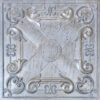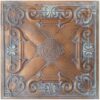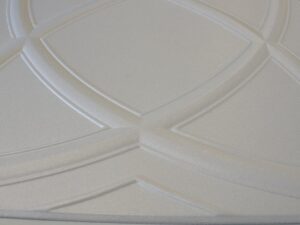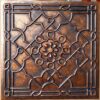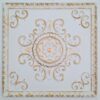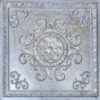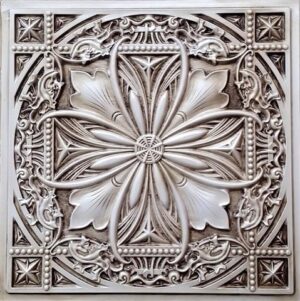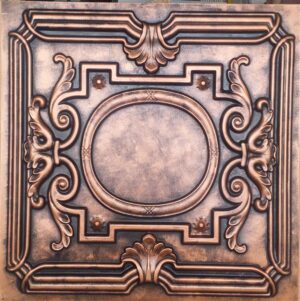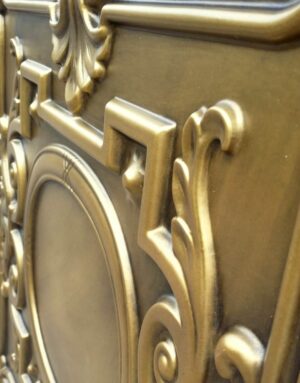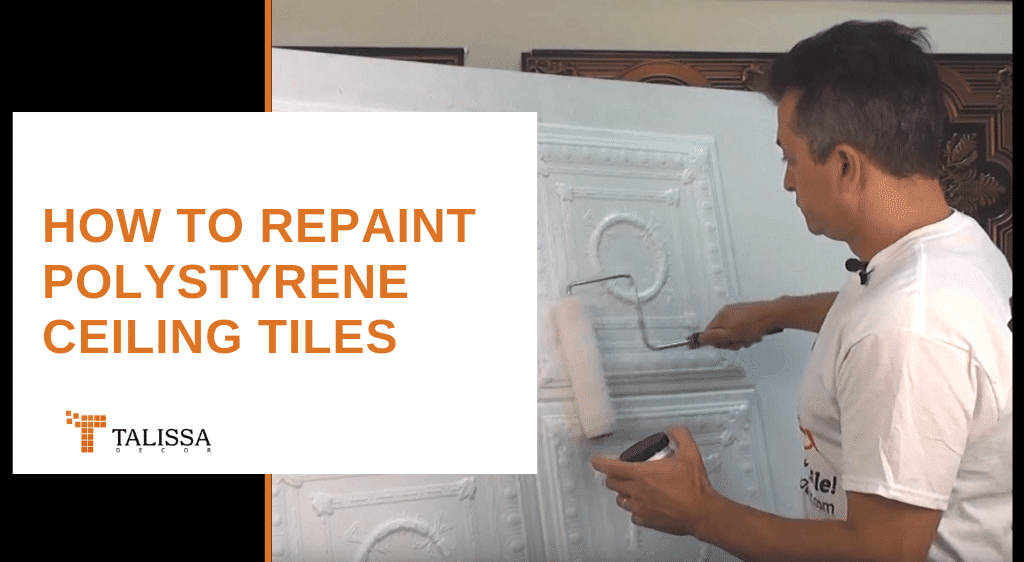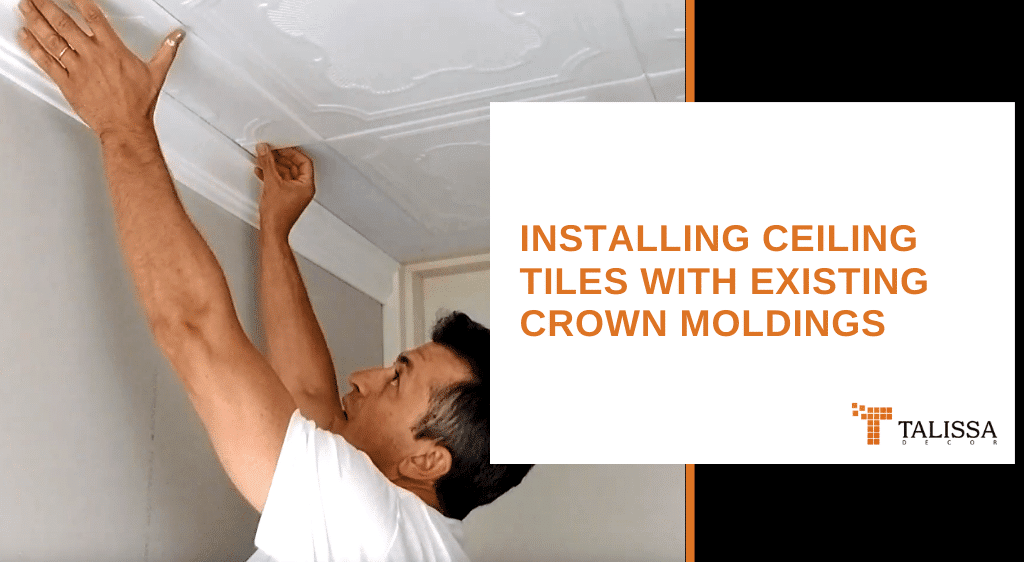GUIDE TO REMOVE POPCORN CEILINGS
While having a popcorn ceiling was considered hip once upon a time, today it looks dated and the texture holds a lot of dust that isn’t easy to get out. Removing a popcorn ceiling can be quite a difficult task that will require some time and patience. Here are 5 quick steps to removing the popcorn ceiling quickly and easily.
Step 1: Test for Asbestos
You can test your ceiling for asbestos by sending a piece of your ceiling to the health department. If your ceiling does have asbestos rather than removing it you will have to cover the popcorn ceiling which we cover further down this page.
Step 2: Preparation
Before you start the project make sure you prepare by covering your walls and floors with a plastic drop cloth and take all of the furniture out of the room. Also, be sure to shut off the power to any electrical boxes in the ceiling and remove all ceiling fixtures or fans.
Step 3: Wet the Surface
Removing the popcorn ceiling is possible when it is dry, but wetting the surface will make the process a lot easier and will soften the texture. Just wet where you are about to scrape rather than wetting the whole ceiling as the surface may dry before you get to it. If you don’t want to put in the extra effort, you can always cover the ceiling tiles which we cover further down this page.
Step 4: Start Scraping
Once everything is set up, you can begin scraping off the popcorn ceiling. Be sure to round off the corners of your popcorn scraper so you don’t gouge the ceiling or damage the drywall.
Step 5: Fix Blemishes
After you have finished scraping you may have to sand down any small dings or gouges, then you will be ready to paint!
A QUICK GUIDE ON HOW TO COVER YOUR POPCORN CEILING
There are a few ways you can cover your popcorn ceiling, all being relatively cost-effective and looking much better than the original popcorn ceiling look. The easiest and most aesthetically pleasing method of covering up an old popcorn ceiling is with ceiling tiles.
Prepare the Tiles
Dab each corner, in the middle of each corner, and in the center of each tile with the AcrylPro, around one inch from the edge of the tile.
Place the Tiles
Gently place the tile onto the wall, pressing on each corner, being careful not to push too hard or you could leave marks.
The adhesive takes about an hour to dry, so if you place it incorrectly, you can play around with it a bit and make sure it is in the right place.
Place the Remainder of the Tiles
Use your first tile as a guide for the remaining tiles, using the bevels to properly place each tile.
Use Caulking to Seal Tiles
When you have places all of the tiles, applying caulking to all of the joints of the tiles so the edges of the tiles seamlessly mend together.










